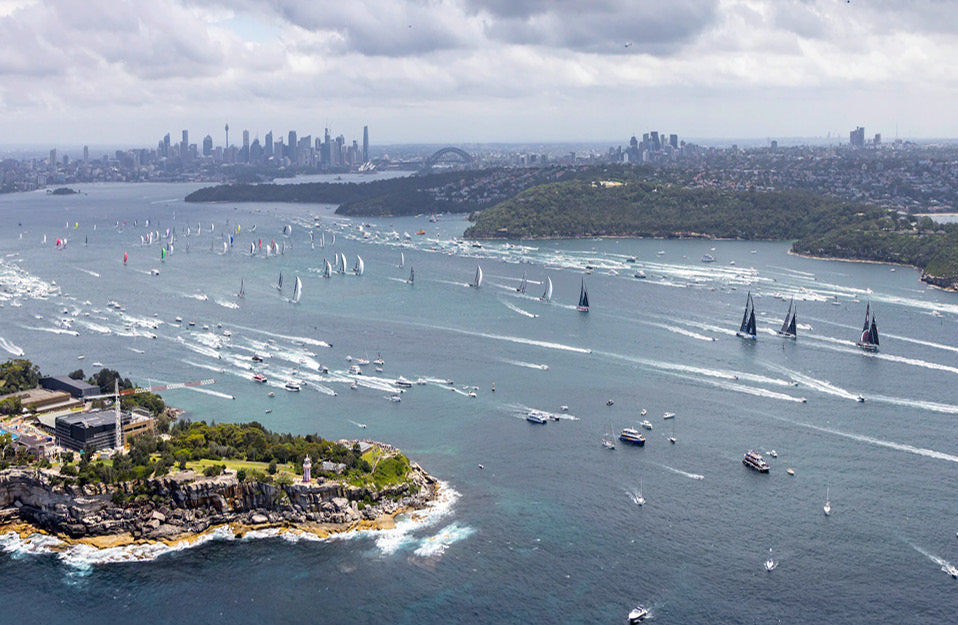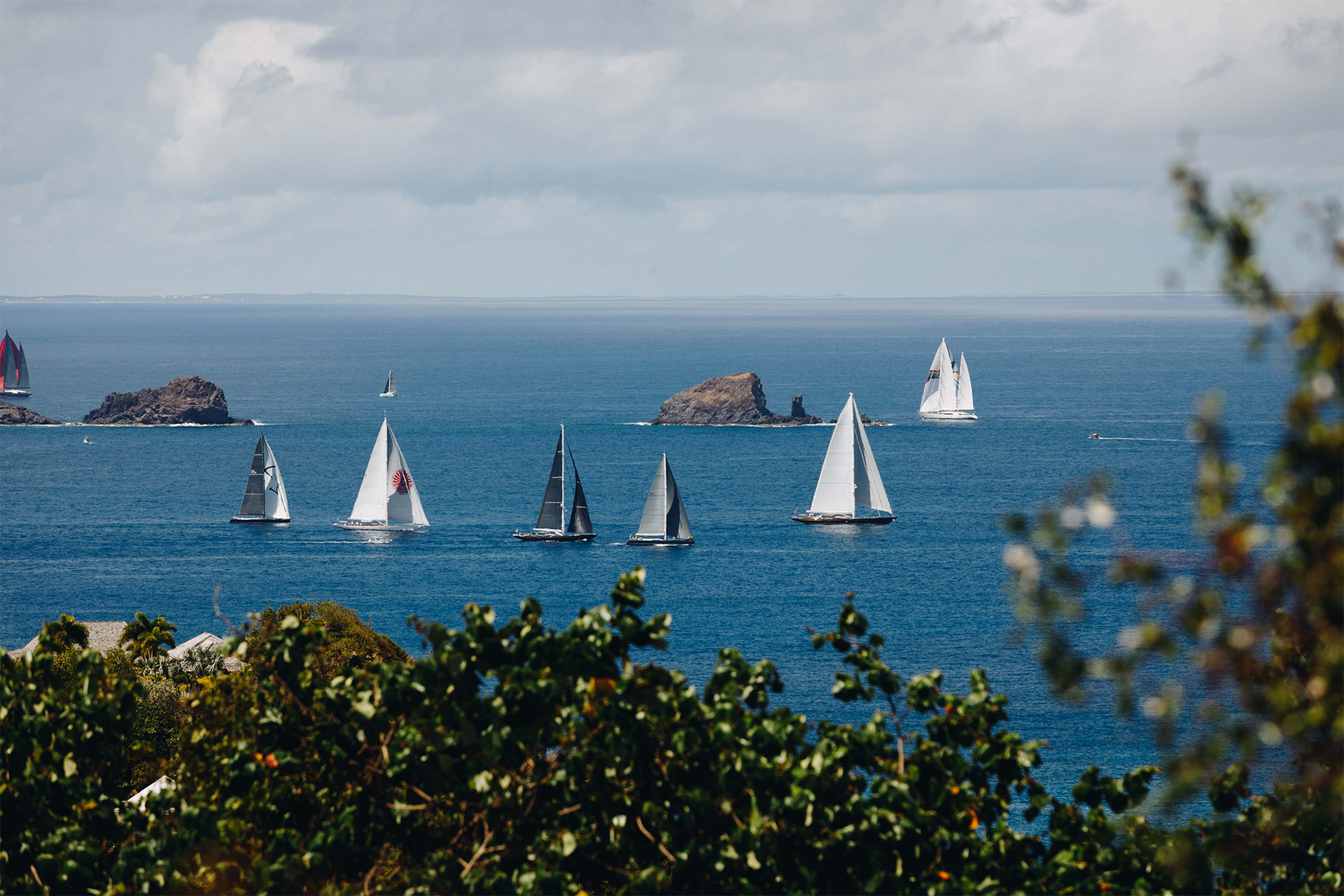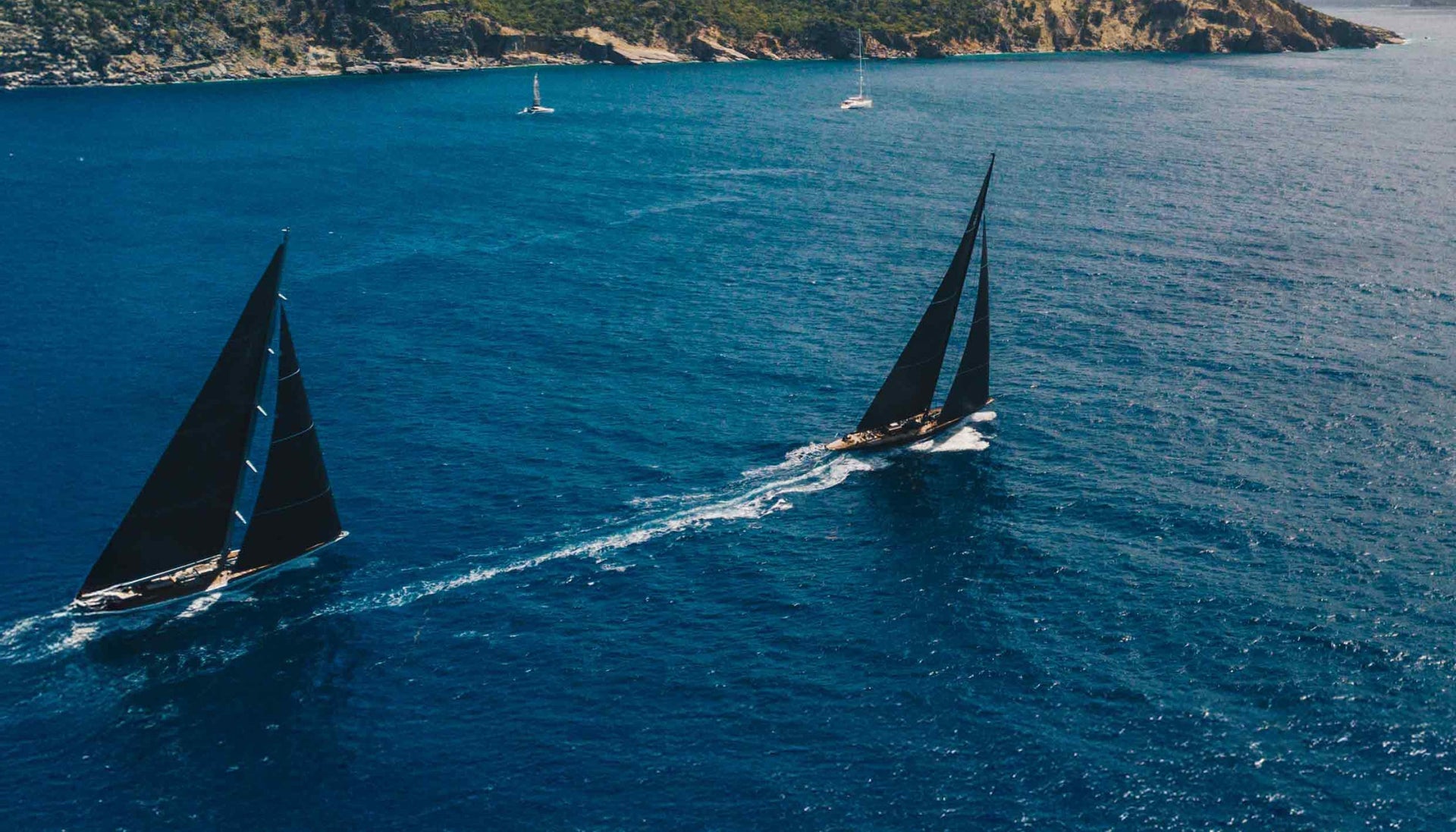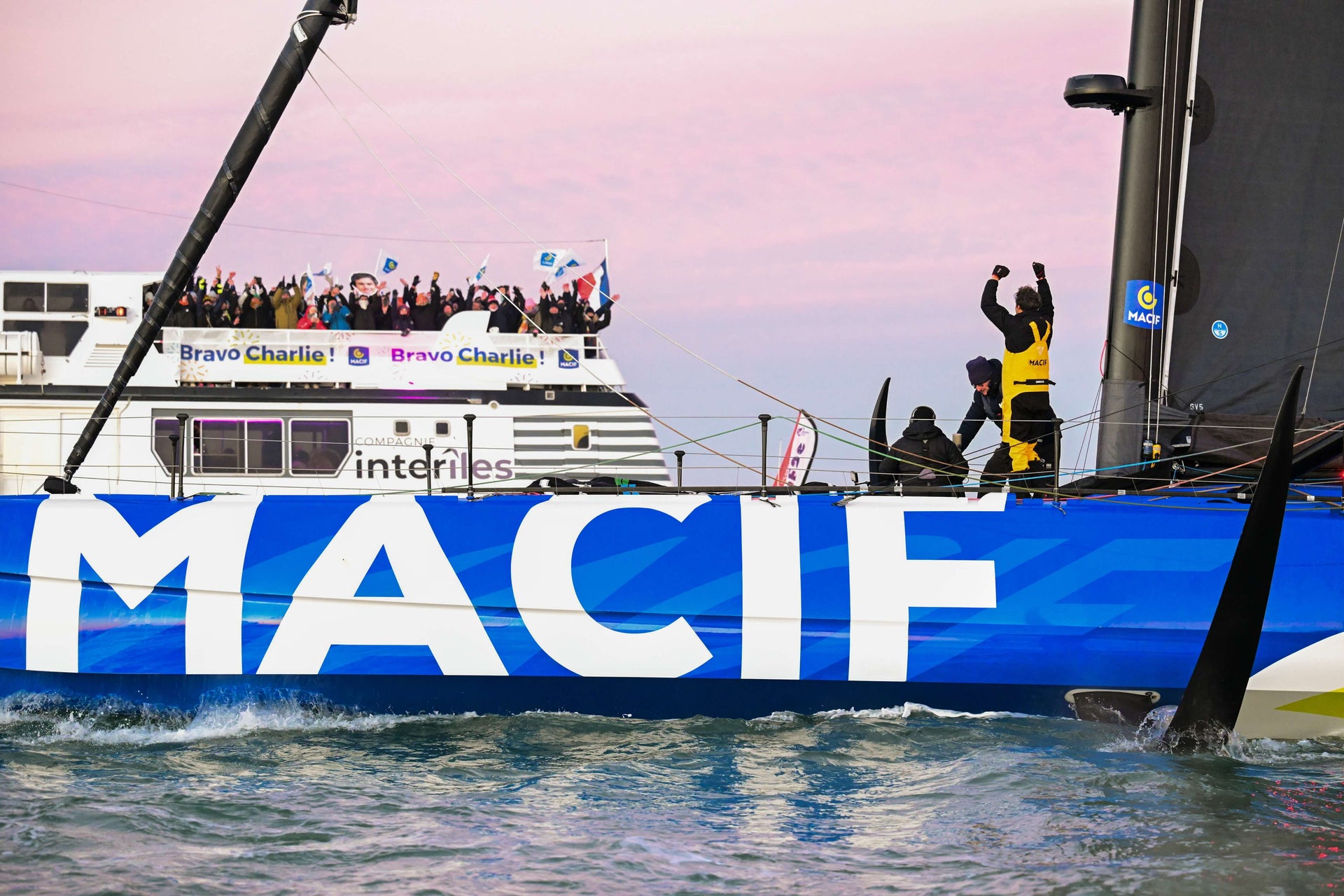ROLEX SYDNEY HOBART RACE 2022 - HOW TO FOLLOW
ROLEX SYDNEY HOBART RACE 2022: HOW TO FOLLOW THE 628-MILE OFFSHORE CLASSIC
Race weather preview from Chris Bedford and must-save links
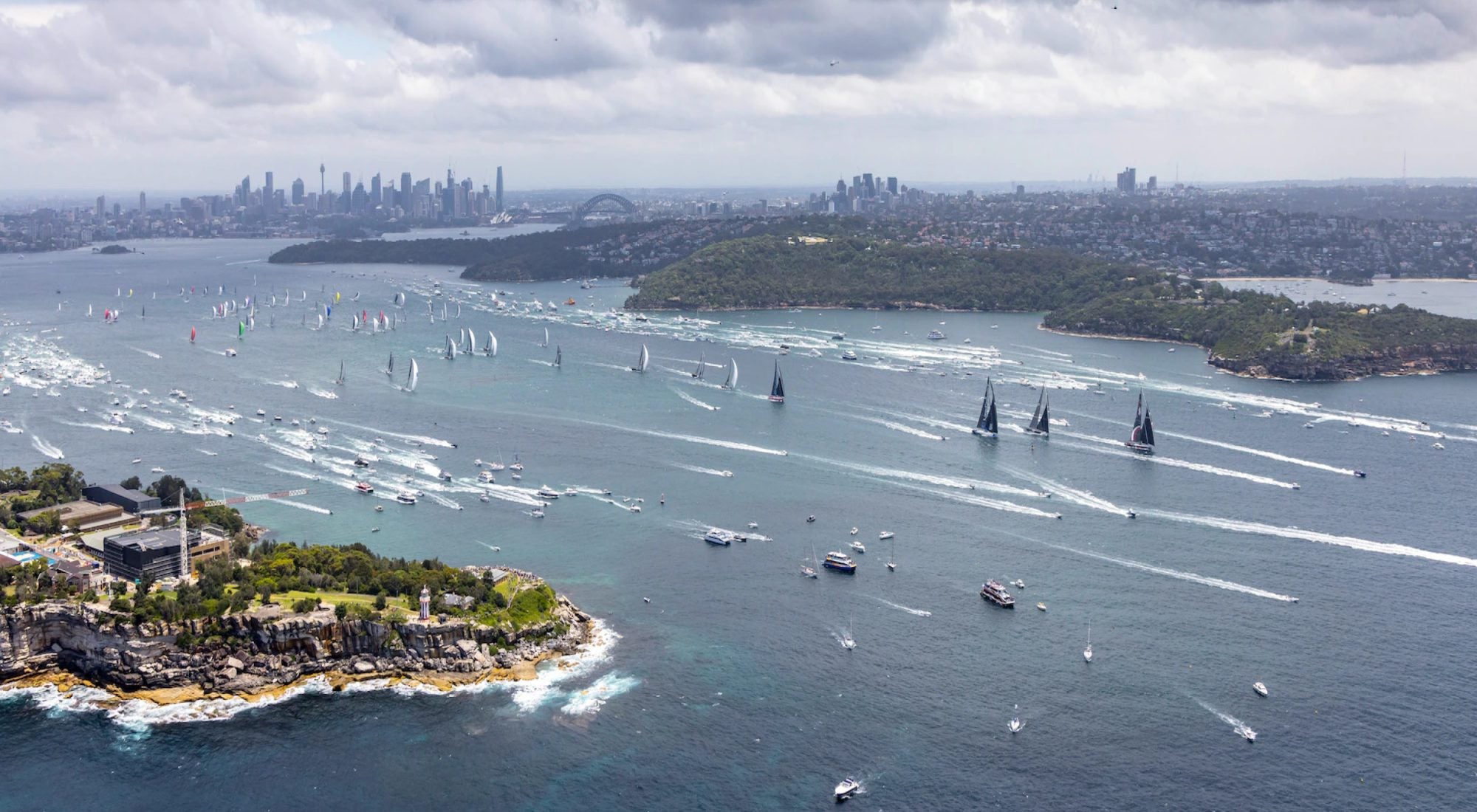
The Rolex Sydney Hobart Yacht Race is one of our sport’s revered offshore races. Each Boxing Day, hundreds of sailors, watched by thousands of shoreside spectators, depart Sydney Harbour for the trek to Hobart. For the past 76 editions, the 628nm route has challenged competitors from Corinthian family programs to some of the highest-profile names in sailing, and this year will be no different. The 2022 race features 100+ boats that are chomping at the bit to get to the “The Great Race” underway.
North Sails, and our Sydney loft, in particular, has a rich history with the Rolex Sydney Hobart Yacht Race. Our Australian-based teams have collectively sailed in hundreds of races, while North clients have consistently found themselves at the top of leaderboards over the years.
We asked our friend, meteorologist Chris Bedford to provide insight into this year’s race conditions. Read on for the forecast and details on how to follow the start on December 26th.
Chris Bedford’s Weather Forecast:
Bedford is respected worldwide for his experience and expertise in marine and coastal meteorology. He, through his business Sailing Weather Service, provides customized weather solutions to some of the world’s leading competitive sailing teams and events. Here is Bedford’s preview for the race:
For anyone following the weather around southeast Australia, Tasmania, and the adjacent waters, you know it has been quite unusual this Spring – with record rains and cold temperatures. Indeed this unusual weather pattern has been a challenge to predict as well, and locals have been voicing their frustration with the weather forecasts relentlessly.

Interestingly, while many blame the La Nina pattern of cooler waters over the Pacific Ocean, the actual culprit is something called the Indian Ocean Dipole (IOD). This IOD is an index relating the temperatures over two areas in the western and eastern Indian Ocean to weather over Australia. Indeed the IOD Index has been strongly negative for much of the Spring, which correlates directly with the unusually wet and cool weather experienced over southeastern Australia. However, over the last few weeks, the index has trended back to neutral, which suggests a return to more typical weather patterns for the Australian summer and race period.
For the Sydney to Hobart Race, there are usually two basic weather scenarios under consideration:
- High pressure over the Tasman Sea at the start and a cold front approaching from the Australian Bight. Ahead of the front, NE/N winds around the western side of the high and down the NSW coast mean a relatively quick downwind start. Depending on how advanced the high and/or front are, it is possible that the fleet encounters the front with abruptly shifting winds bringing SW/S conditions, squalls, much colder air, and rough seas. These fronts make up the so-call Southly Buster that can quickly expose both the prepared and unprepared teams in this race.
- The other scenario is when the front has already moved through Sydney and lies east of the Rhumb line. In this scenario, upwind S/SW winds prevail out of the start and much of the way south across the Bass Strait. Often, high-pressure building east from the Australian Bight eases winds with distance south, making for a lighter, more shifty, and more challenging finish.
Real life is never perfectly described by these scenarios, and reality will likely be something in between. Crews will be considering the impact of thermal sea breezes (daytime onshore flow) and land breezes (nighttime offshore flow) close to the NSW and Tasmanian coasts. In addition, the East Australian Current (EAC), which generally runs north to south along and east of the Rhumb line – offers a possible favorable push if the weather and route line up appropriately. That said, the EAC breaks away from the coast in loops and eddies, which can create a zone of adverse current to be avoided along the way.
While at this point, it is not clear which of the above scenarios will dominate, the latest consensus is that some variation of the first scenario – downwind once outside Sydney Heads – will define the 2022 race. There is plenty of time for this to change, and just a few hours of realignment could shift the race into the second scenario (upwind start). Crews will be studying the weather forecasts closely over the next few days to see whether the trends will favor or sour their expectations for a quick race south to Hobart.
If you’re in Sydney:
Spectator boats positioned in the eastern channel can watch the race start and then follow the fleet down the harbor to the iconic Sydney Heads before heading out to sea. Once underway, the fleet will move quickly, so it’s recommended to get a ways down the harbor towards Middle Head before the start to see the leaders sail through the Heads. At the Heads, make sure to keep well clear of the rounding marks.
If you only plan on watching the start, head to the western side of the harbor. Good vantage points for spectator boats include: Taylors Bay, Chowder Bay, Obelisk Bay, and North Head on the west and Rose Bay, Watsons Bay, Camp Cove, and South Head on the east.
For our global audience watching from home:
Watch the race start live right on the Rolex Sydney Hobart Yacht Race homepage.
If you miss the live webcast, a replay of the start program will be available on the website as well. Additionally, on the website is the complete list of yachts entered in the 2022 edition of the race. You can also view past race data, including previous results, historical reports, and statistical information; boat designers of line and overall winners; as well as profiles of some of the race personalities over the years.
Follow along on Social:
Official race social channels will keep followers updated from race start through finish. There will be a live stream of the start, as well as race updates, Line Honors announcements, an Overall Winner Declaration, as well as a Regatta Recap.
Rolex Sydney Hobart @Officialrolexsydneyhobart @RolexSydneyHobart
North Sails @North_Sails @NorthSailsWorldwide
Track the fleet:
Each competing yacht is fitted with a tracker that uses the GPS satellite network to automatically update the yacht’s latitude, longitude, course over ground, and speed over ground. The yacht tracker system also shows distance to finish and progressive corrected time positions under the IRC, ORCi, and PHS handicap divisions.
Follow the 2022 fleet from start to finish with the Yacht Tracker. Yacht Tracker uses a specially designed tool that calculates the predicted results for each and every boat in the fleet, so you can see how each boat is performing.
Line honors and progressive predicted corrected times under the IRC, PHS, and ORCi handicap categories are updated every 10 minutes.




















